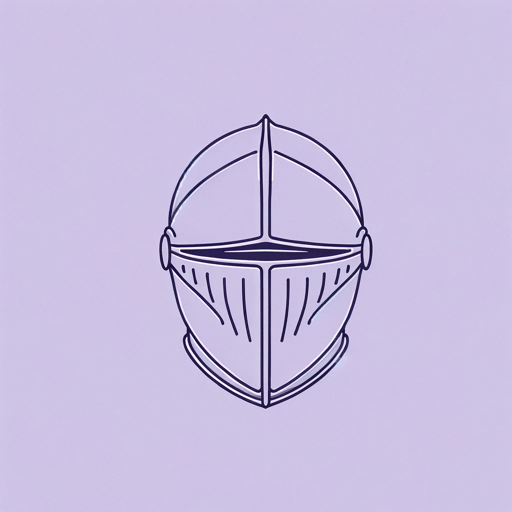23 pages • 46 minutes read
John KeatsLa Belle Dame sans Merci
Fiction | Poem | Adult | Published in 1819A modern alternative to SparkNotes and CliffsNotes, SuperSummary offers high-quality Study Guides with detailed chapter summaries and analysis of major themes, characters, and more.
Symbols & Motifs
The Speaker and the Knight-at-Arms
The poem contains several enigmas, such as the identity of the speaker, the knight-at-arms, and the faery lady. Its premise itself is strange and draws attention to itself. Is the speaker just a passerby who has glimpsed the knight? Why is the speaker himself visiting a desolate landscape? Why is it important to describe the knight as a knight-at-arms? If the poem is read as an allegory, the speaker and the knight-at-arms can be seen as symbols that provide insights into these questions. In a symbolic reading, the speaker may not just be a random stranger but the alter-ego of the knight. Since the reader only sees the knight through the speaker’s eyes, the speaker may well be describing himself through a poetic framing device. The speaker—a stand-in now for the poet himself—is using the knight as a symbol for his own torments and creative journey.
The knight-at-arms represents the beleaguered creative and human spirit. He is in full armor because he is prepared to undertake a grand quest or a heroic journey. This journey could be the journey of life, or the poet’s delving into imagination. However, on this journey the knight encounters death and illness, or the excesses of the imagination, all personified in the lady.
Related Titles
By John Keats

Endymion: A Poetic Romance
John Keats

Meg Merrilies
John Keats
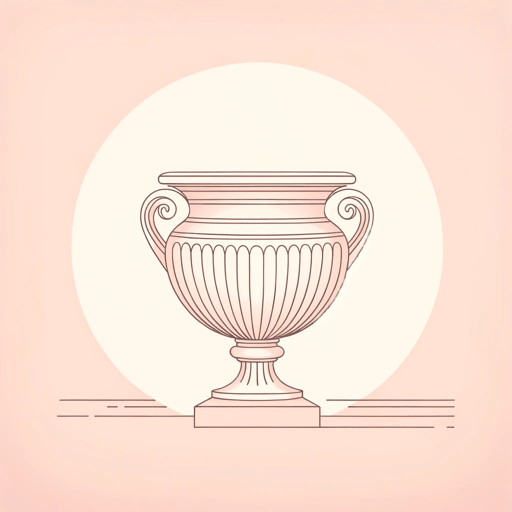
Ode on a Grecian Urn
John Keats

Ode on Melancholy
John Keats

Ode to a Nightingale
John Keats
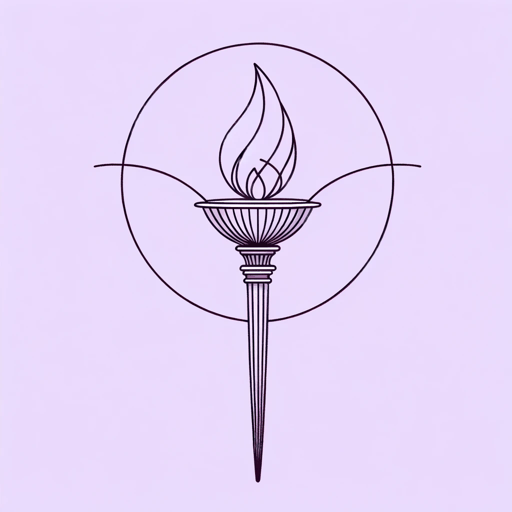
Ode to Psyche
John Keats

On First Looking into Chapman's Homer
John Keats
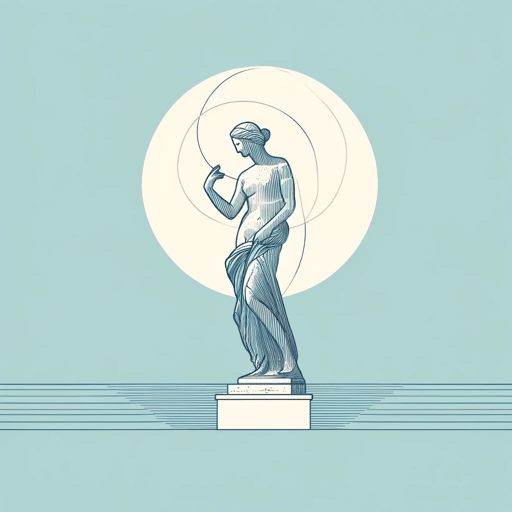
On Seeing the Elgin Marbles
John Keats

The Eve of St. Agnes
John Keats

To Autumn
John Keats
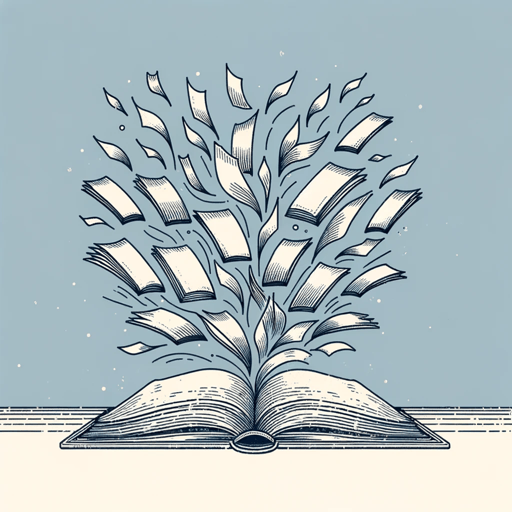
When I Have Fears That I May Cease to Be
John Keats
